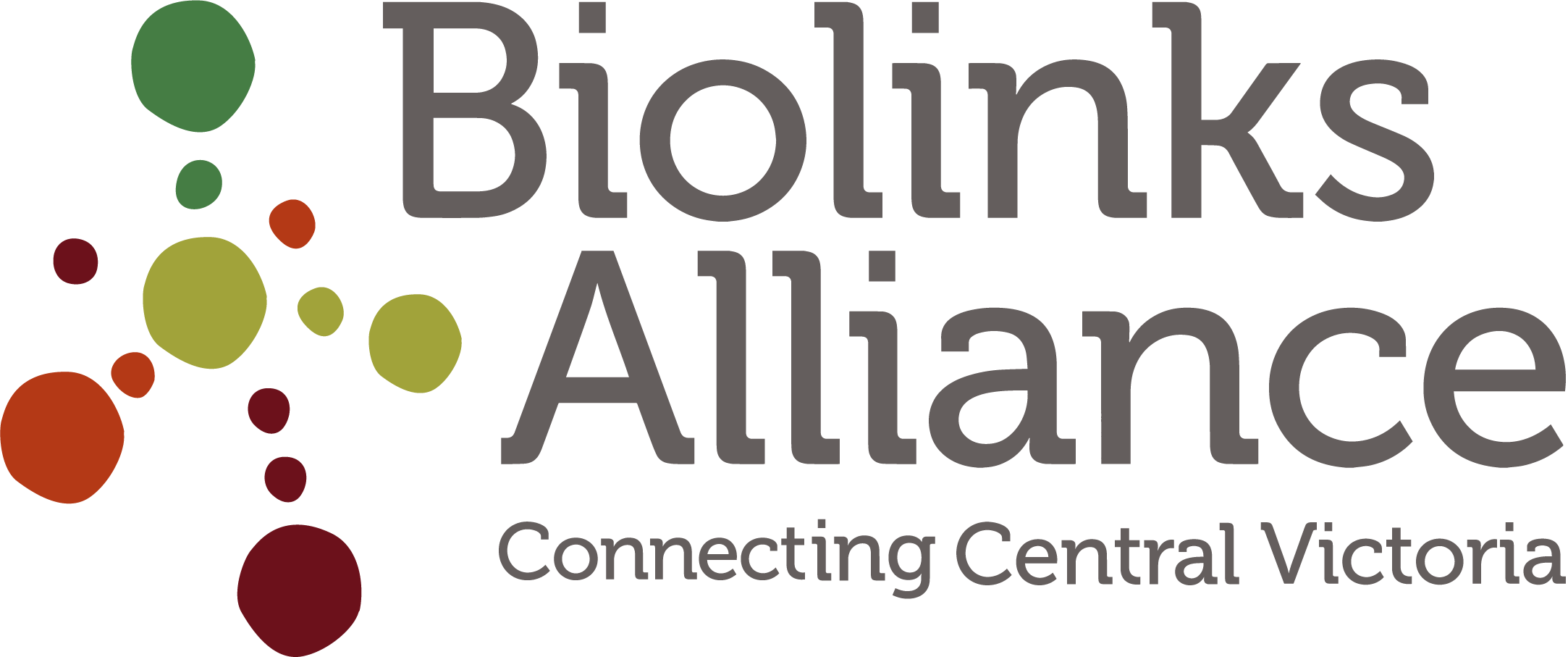Greater and Squirrel Glider 2020 Symposium keynote by PhD. candidate Benjamin Wagner
Read MoreA part of Biolinks Alliance strategic plan to enhance landscape repair across Central Victoria, local filmmaker Joshua Tyler produced this short documentary outlining the importance of connected habitat via wildlife corridors.
Read MoreA part of our Heathcote Local 2 Landscape pilot program focusing on the protection of Large Old Trees in the Heathcote area, local filmmaker Joshua Tyler produced this short animation to outline some of the benefits of Large Old Trees in our landscapes.
Read MoreIn this video, we talk you through how to record survey data when using a nest box or camera trap, as well as explaining how the survey data will be used.
Read MoreIn this video, we demonstrate how to check a nest box on your property.
Read MoreIn this video, we describe how you can contribute to the Glideways in the Melbourne Ark program using historical sightings.
Read MoreIn this video, learn about Phascogale habitat and identifying the correct locations for Phascogale sightings via camera traps or nest box monitoring.
Read MoreA comprehensive program to restore and reconnect glider habitat through the central Victorian highlands.
Read MoreEucalypt, Trees of Tomorrow - a film by Remember the Wild
Read MoreEucalypt, Growing Understanding - a film by Remember the Wild
Read MoreEucalypt, Living Heritage - a film by Remember the Wild
Read MoreEucalypt, Trials and Connections - a film by Remember the Wild
Read MoreEucalypt, Taking Root - a film by Remember the Wild
Read MoreConnecting the landscape is one way to allow genes to move, but many species are less mobile or have long generation times so gene flow may be too slow to provide the genetic diversity needed for climate adaptation. It may require the process to be accelerated through more active methods like Climate-Future Plots, that use important genetic differences to build in pre-adaption to climate change.
Read MoreThe afternoon of the symposium was spent looking at various methods being tried to bolster the quality of grasslands in degraded sites at the Euroa Arboretum and farmland at Miepoll.
Read MoreNative digging mammals in Australia are now rare or extinct and their important ecological functions have been largely lost, but some restoration is possible with re-introductions, sufficient habitat cover, rabbit control and other approaches.
Read MoreWith insects declining around the world, studies on the effects of habitat loss and fragmentation in agricultural landscapes provide an explanation for the decline and suggest implications for restoration.
Read MoreGrassy woodlands and woodland species are under threat but there are many ways we can transform our grassy woodlands to states that are richer and more resilient to change.
Read MoreThe behaviour of nectar-eating flying foxes and birds is telling us an important story and we need to listen and respond to their message. Dr Eby says we must protect, restore and reconnect habitat over vast distances – scaling- up our local efforts in a coordinated and strategic fashion.
Read MoreInka's recently completed PhD showed how important clusters of connected wetlands were for brolga chicks before they fledged and how wetland connectivity is important for the large scale movements between south western Victoria and South Australia.
Read More



















